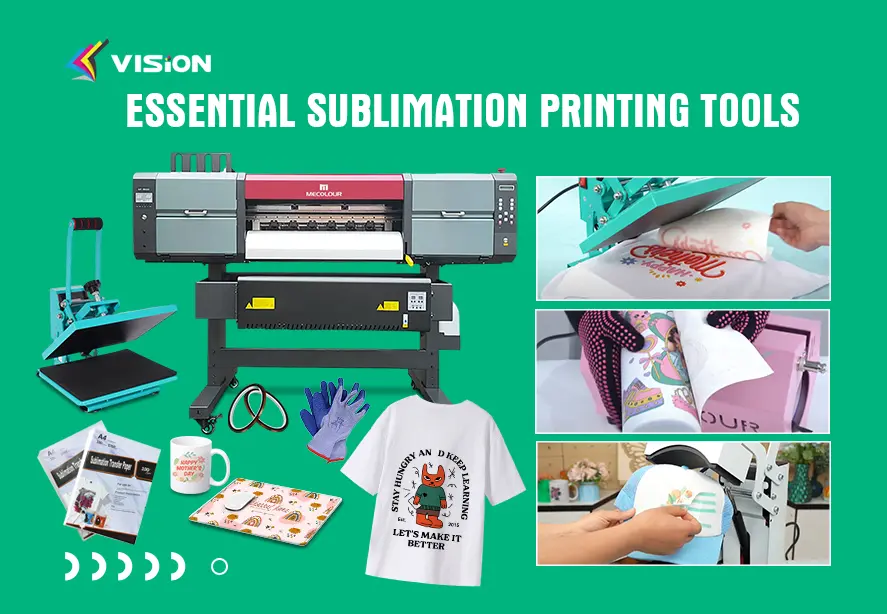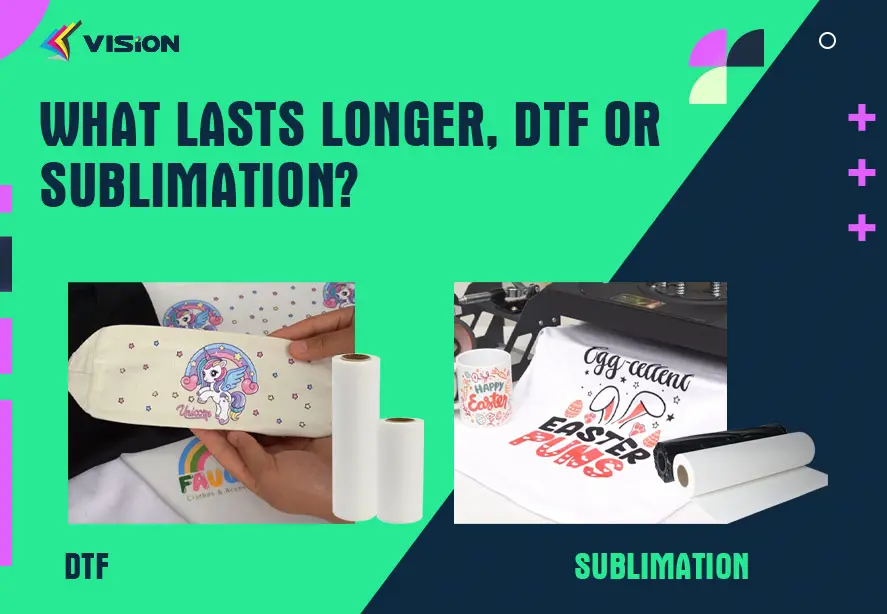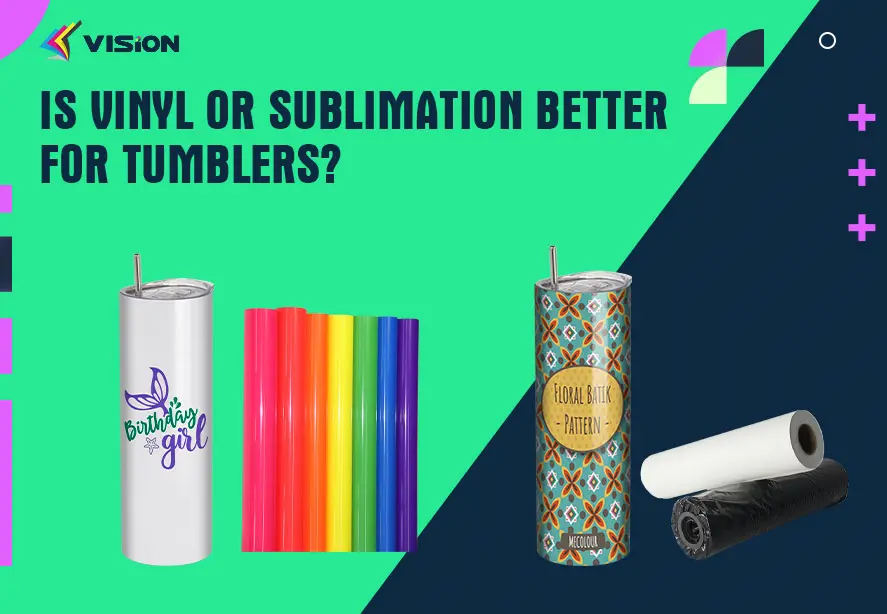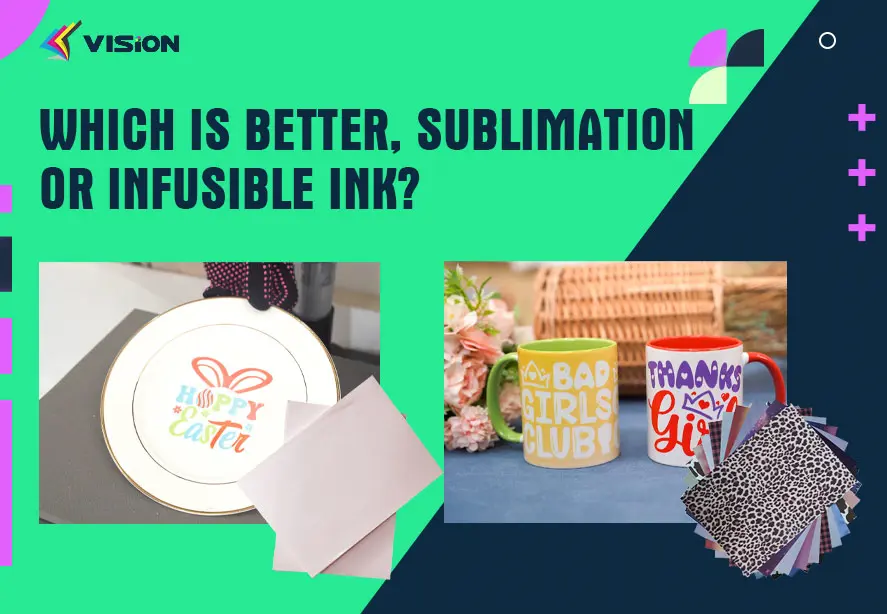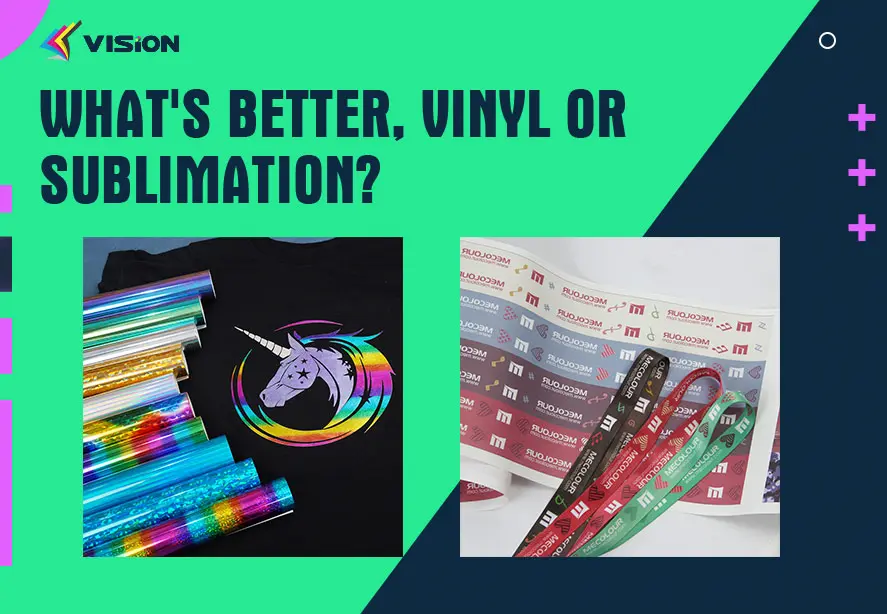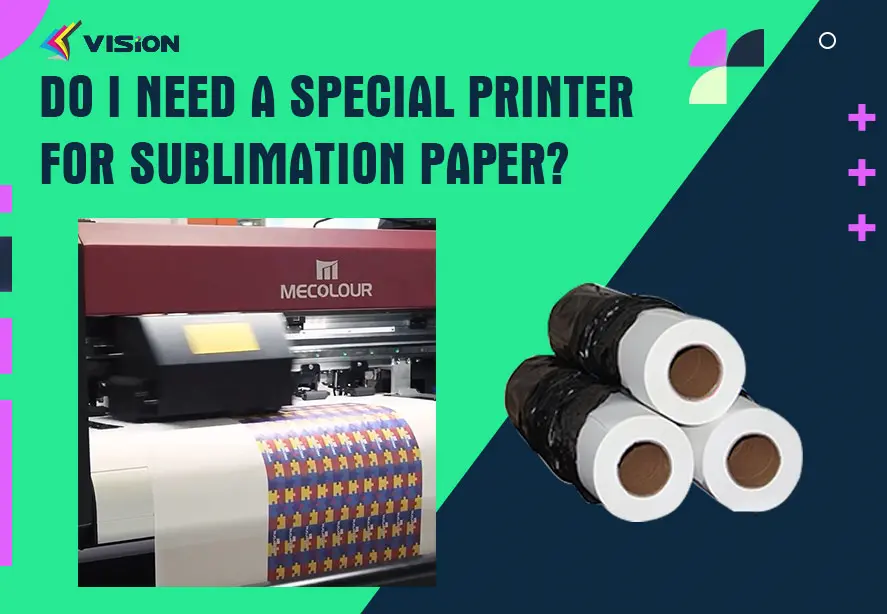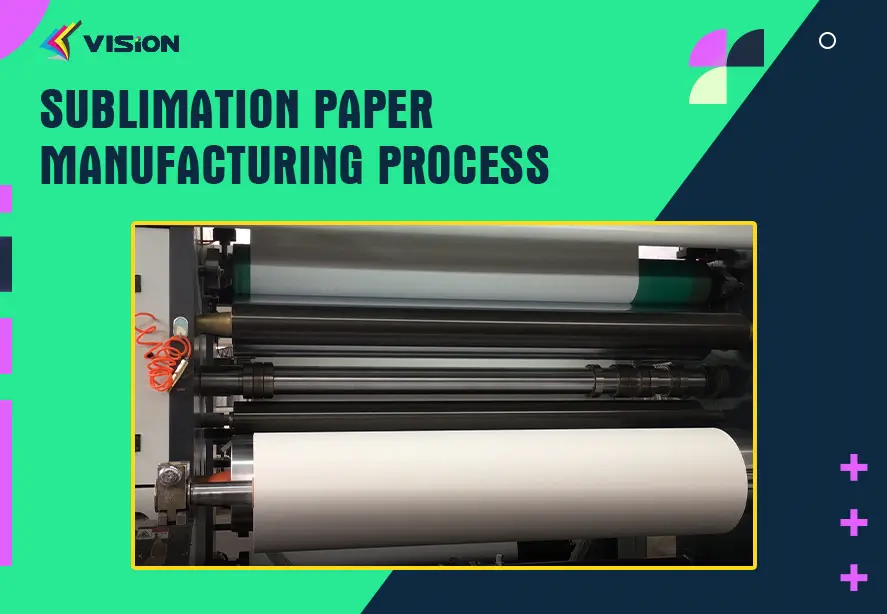Comparing Light Weight and Heavy Weight Sublimation Paper
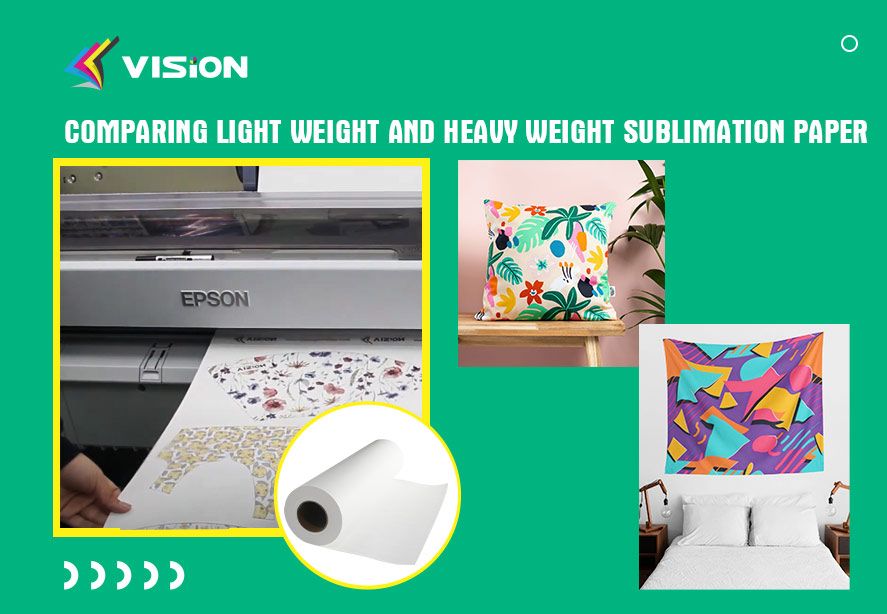
Sublimation paper is an essential component in the sublimation printing process, enabling the transfer of vibrant and long-lasting images onto various substrates. When it comes to sublimation paper, there are two main categories based on weight: light weight and heavy weight. In this article, we will explore the features and differences between these two types of sublimation paper.
Light Weight Sublimation Paper
Light weight sublimation paper, also known as thin sublimation paper, is characterized by its lower basis weight and thinner construction.
Normal the light weight paper we mentioned the gram from 35gsm to 75gsm. Paper gram in this range need printing with light ink loading, so light sub-paper suit for the industrial high speed machine. Like the MS-JP, also the sublicool 6-15 printhead sublimation printer.
Here are some key features of light weight sublimation paper:
Ink Absorption: Light weight sublimation paper has excellent ink absorption properties, allowing the ink to fully penetrate the paper and produce vibrant prints.
Drying Time: Due to its thinner construction, light weight sublimation paper usually has a shorter drying time compared to heavier alternatives. This can be beneficial for projects requiring faster production.
Cost-effective: Light weight sublimation paper is generally more economical compared to heavy weight options, making it a popular choice for those looking for cost-effective printing solutions.
Versatility: Light weight sublimation paper is suitable for a wide range of applications, including apparel, home decor, promotional items, and personalized gifts. It works well with various substrates such as polyester, poly-blends, and ceramics.

sublimation sportswear
Heave Weight Sublimation Paper
Heavy weight sublimation paper, also referred to as thick sublimation paper, is characterized by its higher basis weight and thicker construction. The heave weight dye sublimation paper we mentioned the gram from 75gsm to 120gsm. Paper gram in this range usually printing with light ink loading. The heave sub-paper suit for the normal sublimation printer like epson, mimaki, roland also the Mutoh. If you use this kind sublimation printer, you can try this range paper.
Let’s take a closer look at the features of heavy weight sublimation paper:
Opacity: Heavy weight sublimation paper is designed to have increased opacity, allowing for vibrant and opaque prints on dark substrates. The thicker construction helps to prevent the substrate’s color from interfering with the printed image.
Durability: Due to its heavier weight and thicker construction, heavy weight sublimation paper tends to be more durable and resistant to tearing during the printing and transfer process.
Enhanced Color Saturation: The increased thickness of heavy weight sublimation paper can contribute to enhanced color saturation and sharpness in the final printed image.
Sublimation printing paper use for the fabric
Head-to-Head Comparison
Printing Quality
In the realm of sublimation paper, the weight directly impacts printing quality. Light weight paper may be suitable for simpler designs, while heavy weight paper excels in preserving intricate details and achieving high-resolution prints.
Durability and Longevity
When considering the longevity of your prints, heavy weight sublimation paper proves to be more resilient. It can withstand wear and tear better, making it a preferred choice for items subjected to frequent handling.
Cost Considerations
While heavy weight sublimation paper may come at a higher initial cost, its longevity and ability to handle more ink can result in cost savings over time, especially for large-scale or detailed projects.
In conclusion, both light weight and heavy weight sublimation papers have their own unique features and applications. Assess your project requirements to determine which type of sublimation paper will best meet your needs and deliver the desired results.
FAQ
While light weight paper is suitable for intricate designs, heavy weight paper is recommended for detailed prints, ensuring optimal ink absorption and durability.
Heavy weight sublimation paper may have a higher initial cost, but its durability and ability to handle more ink can result in cost savings over time.
Ghosting can be minimized by using tacky sublimation paper or ensuring proper heat and pressure during the transfer process.
Sublimation paper compatibility is more dependent on the printer’s specifications than the paper weight. Ensure your printer is compatible with sublimation paper for optimal results.


